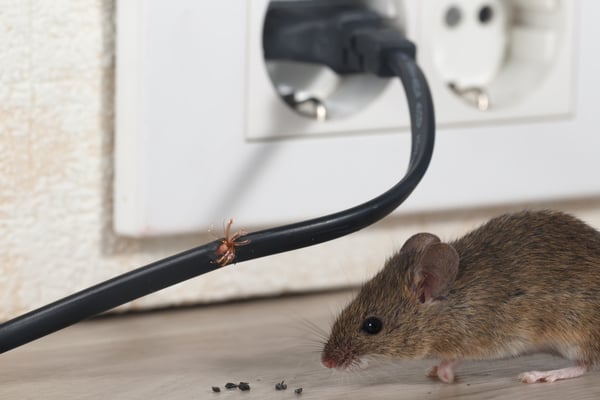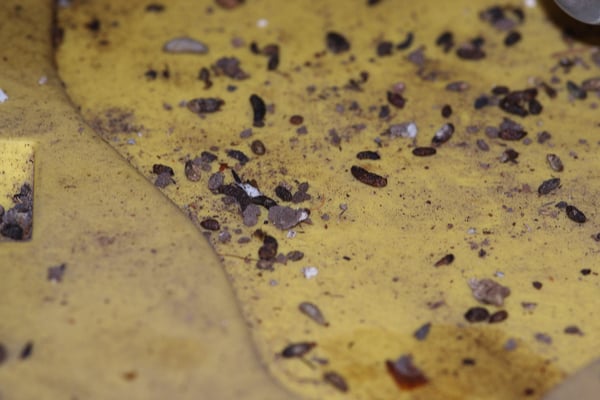There’s a reason rats are still so prevalent today, despite their many natural enemies. The pests are notoriously tricky, sneaky, and clever. They’re uncannily proficient at sneaking into buildings and just as good at staying hidden once inside. Rats often live, thrive, and even reproduce inside buildings without anyone ever knowing they’re around. They might even be in your house! Despite their impressive sneakiness, however, rats are not invisible. Far from it, in fact. Rat infestations leave behind all kinds of telltale signs--if you just know where to look. The faster you can spot these signs, the faster you can find your infestation and do something about it. If you suspect you have rats, here’s what you should start looking for:
Nests
Rats build simple nests out of whatever material they can find. Inside your home, they usually build nests out of paper, insulation, fabric, and other random loose clutter. They’ll drag these materials into secluded areas like corners and beneath furniture. Infamously, they'll often even “tunnel” into walls or insulation and build their nests inside walls. Rats collect their nesting material by shredding larger materials. They’ll crumple up paper, tear strips of fabric, or rip chunks of insulation out of the wall. Rats typically build their nests in out-of-the-way places where they can stay hidden. Nests are so simple and disorganized that they might just look like clumps of garbage to you. You may also find rat tracks, droppings, or dirt streaks near nests. Most rats also build their nests near the “pathways” they use to move through your home conveniently. If you find other signs of rat infestation, you may be able to follow them back to a nest.
Gnaw marks
Rat’s teeth never stop growing, so rats never stop teething. Rats have to gnaw on something almost constantly to keep their teeth sharp and healthy. Unfortunately, they’ll gnaw on just about anything. Look for bite marks, shredding, or other damage on cardboard, insulation, paper products, plastic, furniture, and more. Obviously, this damage will be close to the ground where rats gnaw. Rat bite marks are about 2 inches or more in diameter, with rough edges. Gnaw marks can be hard to see. Check for signs of damage in areas where the rodents are likely to live, such as your basement. On soft material such as cardboard or electrical wiring, they may eat away small segments entirely. On harder material like wooden furniture, gnawing damage may wear away at the surface, scratching away the finish. Gnawing is particularly noticeable (and dangerous!) on electrical wiring. When a rat chew on wires, they may wear away protective insulation and expose the dangerous live wires within.Grease Marks
Did you know that rats probably use the same routes to move through your home every day? Rats may have very advanced hearing and smell, but their eyesight is very poor. To compensate, they typically stick to a route they know will be relatively clear and easy to navigate. Rats move along this route by pressing themselves up against a wall as a way to tell where they are. As they move, they leave behind a dirty residue. Rats are dirty. Their fur is covered in oil, grease, dirt, and dandruff. When rats rub up against walls and other surfaces, they leave behind some of their greases. After a while, this greasy residue can stain the wall. Look for rat pathways around your basement or attic’s perimeters. They’re particularly common near utility lines. Along with the grease staining, you’ll probably find droppings or urine stains along these pathways.






